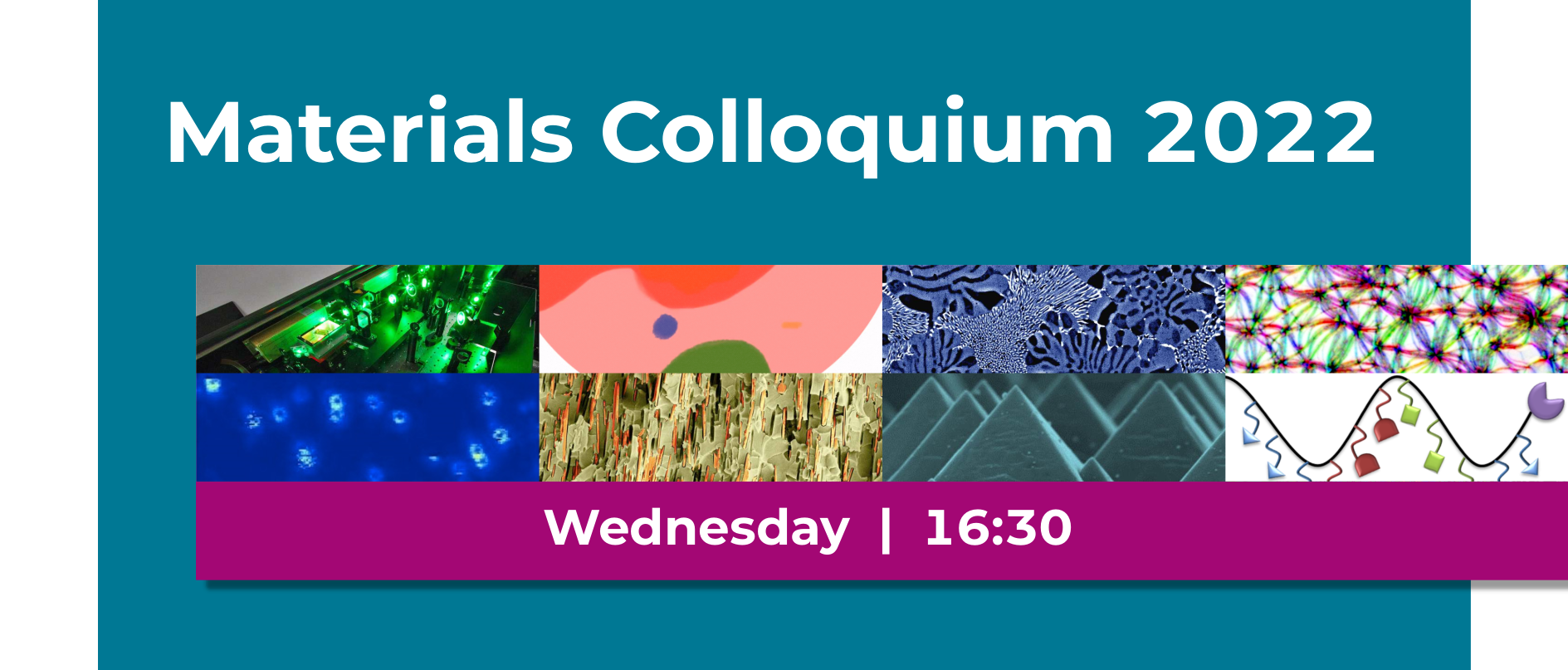In-person in HCI J 4 or on Zoom: https://ethz.zoom.us/j/69001008210
Birth of solids studied by liquid-phase electron microscopy
Rolf Erni (Electron Microscopy Center — EMPA)
There are thermodynamic reasons why solids are solid and why they can be crystalline. How this happens, however, is less evident. Classical nucleation theory extrapolates thermodynamic properties of bulk materials to systems that merely consist of dozens of atoms or even less. We are interested in studying how solids become solid and how they adopt crystallinity. We try to mimic the formation of nanocrystals in small systems that we can observe by electron microscopy and aim at monitoring the atomic mechanisms that lead to the formation of crystalline matter. We study Pt and Au atoms in the vacuum environment of the microscope and activate them by temperature and the electron beam to form clusters. Approaching more realistic systems, we use small nanoreactors made either of nanodroplets of vacuum-compatible ionic liquids or graphene-based liquid cells to study the formation of nanocrystals in liquids. Although the inevitable electron beam might complicate the data interpretation, all our observations reveal that realistic nucleation reactions are more complex than what the classical nucleation theory predicts, and this enhanced complexity is further reflected in the variety of pathways nanocrystals follow in their growth process.
Frustrated frustules: Geometrical frustration in the diatom cell wall
Maria Feofilova (Soft and Living Materials — D-MATL)
Diatoms are single-celled organisms with a cell wall made of silica, called the frustule. Their elaborate patterns have fascinated scientists for years, however little is known about the biological and physical mechanisms involved in their organizations.
In this work, we take a top-down approach and examine the micron- scale organization of diatoms from the Coscinodiscus family. We find two competing tendencies of organization, which appear to be controlled by distinct biological pathways. On one hand, micron-scale pores organize locally on a triangular lattice. On the other, lattice vectors tend to point globally toward a center of symmetry. This com- petition results in a frustrated triangular lattice, populated with geo- metrically necessary defects whose density increases near the center.
